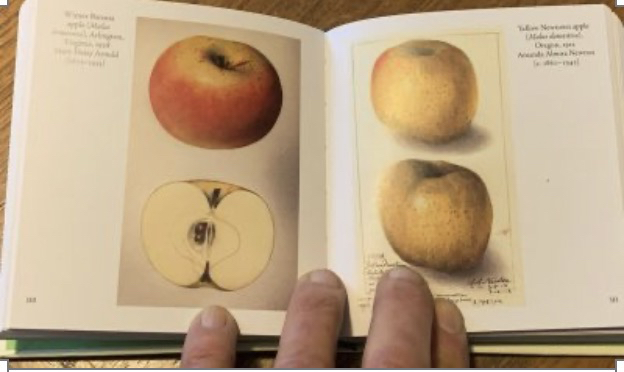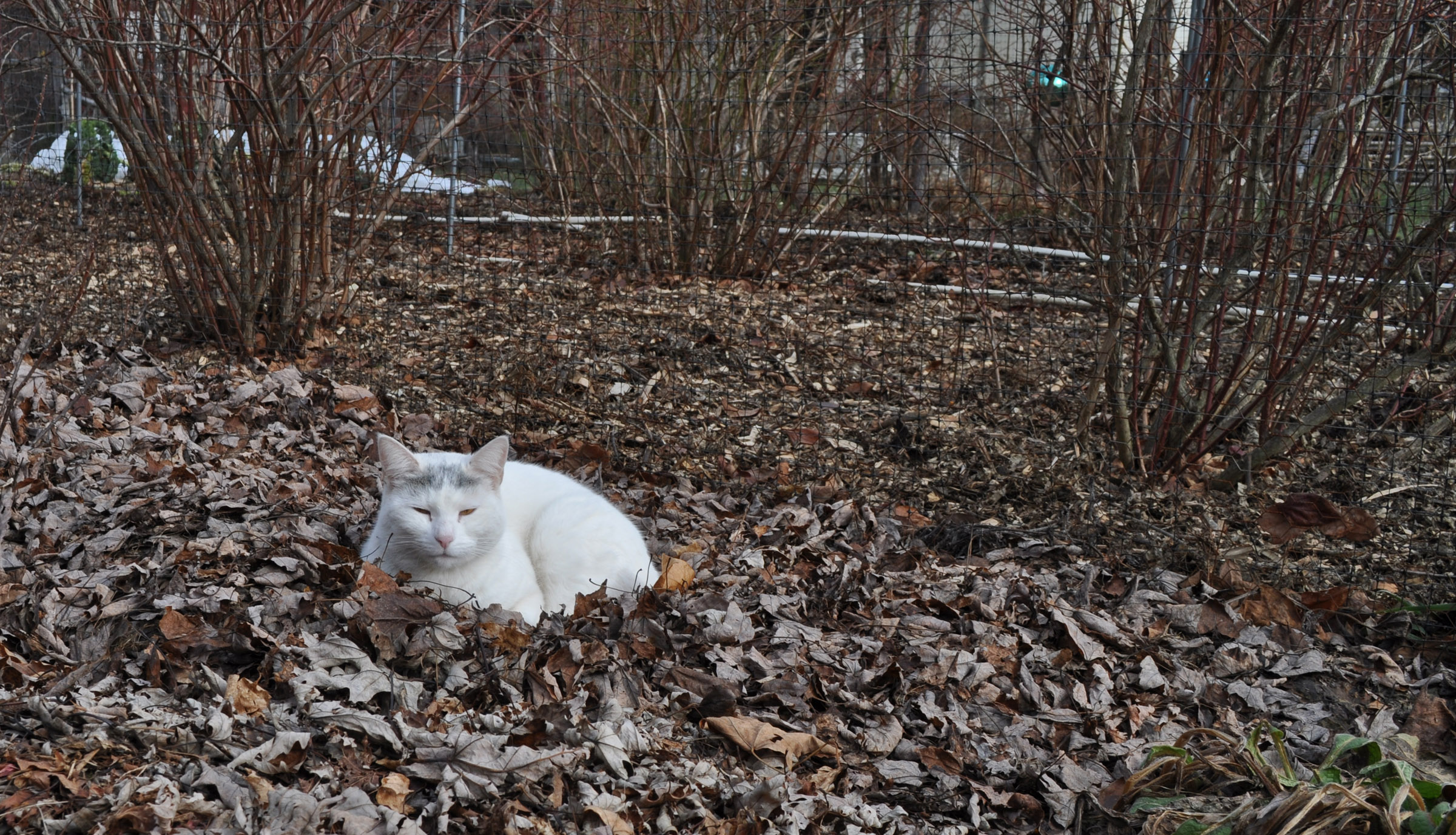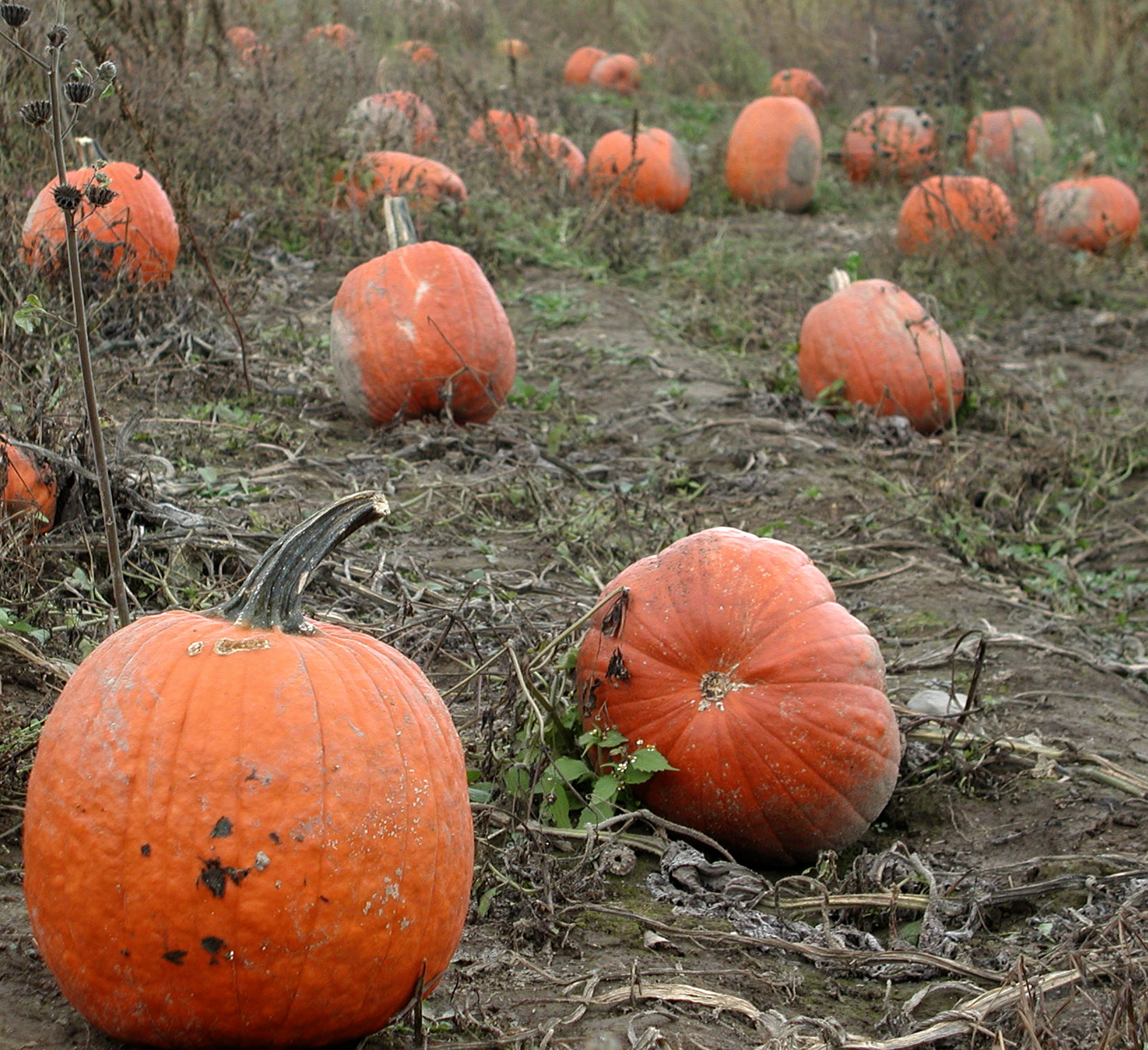GREAT GIFT IDEAS: BOOKS (NOT ALL JUST) FOR GARDENERS
/2 Comments/in Books, Gardening/by Lee ReichFishing, Gardening
“Give a man a fish, and you feed him for a day. Teach a man to fish, and you feed him for a lifetime.” How true, also in gardening. Not to mention the emotional and intellectual gratification, the “companionship with gently growing things . . . [and] exercise which soothes the spirit and develops the deltoid muscles” (C. D. Warner, 1870).
Let’s take teaching the man — or woman — to fish one step further, gardenwise. Lot’s of people wow others with the expertise they have allegedly accrued as evidenced from the mere fact that they’ve spent a number of years, perhaps decades, with their hands in the dirt. I roll my eyes. Flowering plants originated at least 130 million years ago, which is plenty of time to let the trial and error of evolution teach them to grow. Tuck a seed into the ground and it will probably grow.
Better gardening comes from having some understanding of what’s going on beneath the ground and up in the plant. This comes from growing and observing a variety of plants growing in a variety of soils and climates — which is more than is possible in a lifetime.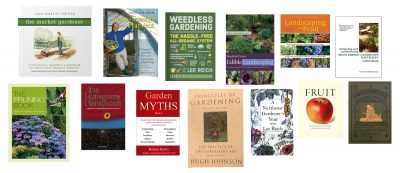
There’s a shortcut: books, a nice adjunct to getting your hands in the dirt. All of which is a roundabout way of my offering recommendations for books about gardening. The right book is also a great gift idea.
WHAT’S UP WITH THE LEAVES?
/8 Comments/in Soil/by Lee ReichNo Other Explanation
The leaf-goblin struck again; this time I was sure. Leaf season is pretty much over around here but I was in my car on my way to do some errands and spotted a row of plastic trash bags full of leaves lined up along the other side of the street. I says to m’self, “I’ll be back this way within the hour, so I’ll stop and throw the bags in the back of the truck on my way home.” When I drove by again, the leaf bags were gone! This was not an isolated incident, but never has the leaf-goblin’s handiwork been so quick.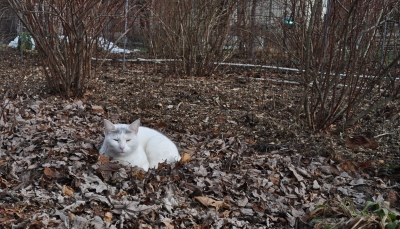
I suppose I’m to blame for this curse. Over the years, I have written about, spoken about, yes, even bragged about all the leaves — that’s other people’s leaves, conveniently in bags — that I have gathered up each autumn for my garden. I have preached to anyone who would listen about the folly of stuffing leaves into plastic garbage bags to be thrown out. Read more
NOT YET OUT OF THE PUMPKIN PATCH
/5 Comments/in Planning/by Lee ReichToday’s plans for Tomorrow’s Pumpkins
My friend Jack is already planning for next Halloween, not getting together next year’s costume, but squirreling away seeds for growing next year’s pumpkins. Jack wants good yields and he wants large pumpkins. Seeds that he bought this past spring for giant pumpkins didn’t produce any fruits. But a plant growing out of his compost pile — a “volunteer” plant — did produce a few good-sized fruits.
Jack’s question to me was whether the seeds he has saved from this productive volunteer will produce good pumpkins. My answer was, “It depends.”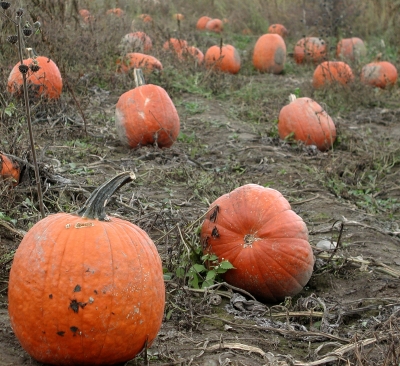
First of all, it depends on what seed gave rise to that volunteer plant. Of course it was from a pumpkin. But did that pumpkin grow from a hybrid seed?
Hybrid seed is produced by deliberately crossing one plant having certain desirable traits with another plant having another set of desirable traits. Seeds from that deliberate cross grow into plants that combine the qualities of both parents.
But these qualities are not perpetuated in the seeds from the fruit of a plant grown from hybrid seed. (Yes, I wrote that correctly.) Read more

